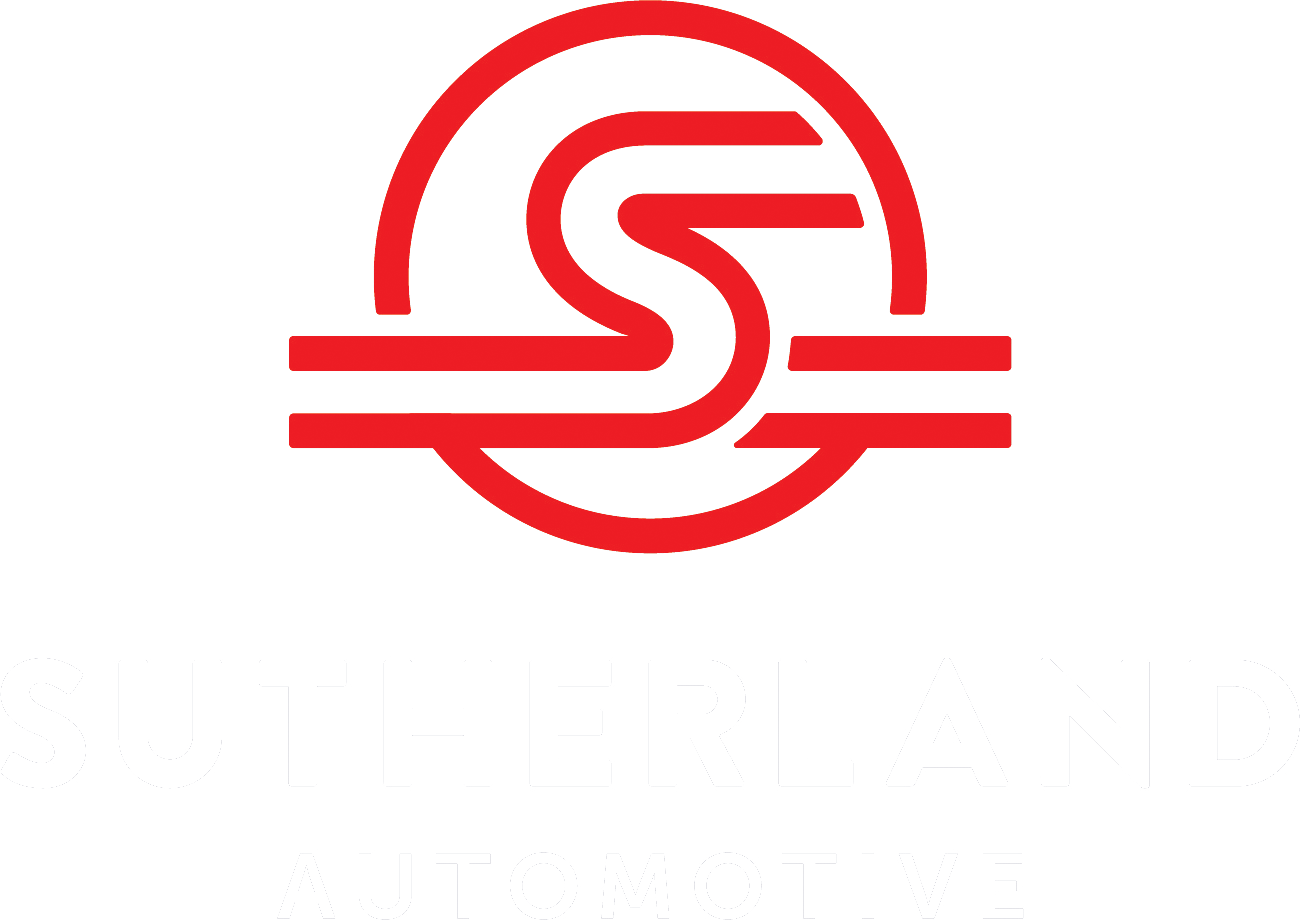DPF is an acronym for diesel particulate filter.
We’re here to answer all your questions about them!
You might be wondering:
What are diesel particulate filters, what do they do, and how can you make sure that nothing goes wrong with the one you have?
Here are the 5 key facts about Diesel Particulate Filters
Here’s everything you need to know:
A Diesel Particulate Filter Captures and Stores Exhaust Fumes
The filters have been fitted to most diesel cars since 2009, when Europe passed Euro 5 exhaust emissions legislation to reduce the amount of CO2 in the atmosphere. This is because the filter’s main job is to capture exhaust fumes and store them, thus preventing them from entering the atmosphere.
A DPF Works by Regenerating Soot
Essentially, soot gets trapped in the filter as the exhaust gas passes through it. As the temperature of the exhaust fumes gets hotter and hotter, the soot residue also begins to increase in temperature and turns to ash, which is then released.
We call this process “regeneration,” but it only happens in two circumstances: when you are traveling above a certain speed (which varies by manufacturer) or when your car’s engine increases the exhaust temperature after a set amount of kilometers, which again, varies by manufacturer.
What Are the Main Problems with Diesel Particulate Filters?
Typically, when the process of regeneration doesn’t have enough time to actually finish. This could be things like spending a lot of time in traffic or only using your diesel vehicle to make short journeys.
The diesel filter becomes blocked as a result of the lack of regeneration
When this happens, your engine can become significantly underpowered, which then illuminates multiple check lights on your dashboard. If left unchecked, your vehicle could potentially shut down altogether.
How Do I Know if I Have an Issue with My DPF?
If the diesel particulate filter is clogged, then (like with most other mechanical issues) your car will warn you by setting off a light on the dashboard. Sometimes, you can solve the problem yourself by going for a drive on the highway off-peak hour.
Check your owner’s manual before you head out. This way, you can drive at the continuous speed and rpm as specified by the manufacturer to begin the regeneration process in order to clear the blockage.
However, if this doesn’t work, it’s time to see your mechanic.
Can You Just Remove a Diesel Particulate Filter?
No! Even if your filter is currently giving you problems, getting your DPF removed can easily cause power and reliability issues, as well as invalidate your warranty or insurance policy.
Have questions about DPF, need to make sure yours is running well, or simply need to ensure your car is roadworthy? The friendly team at Sutherland Automotive are here to help. Feel free to get in touch today
